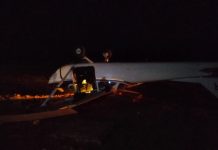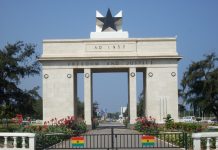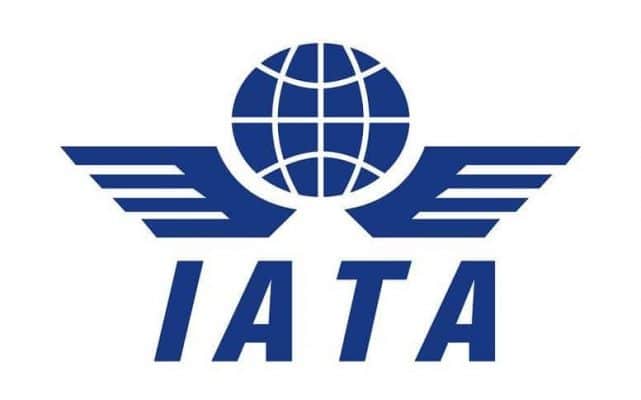The International Air Transport Association (IATA) announced global passenger traffic results for September showing that demand (measured in revenue passenger kilometers, or RPKs) rose 5.5% compared to the same month in 2017. This was a slowdown from the 6.4% growth recorded in August year-over-year. Capacity climbed 5.8% and load factor slipped for the first time in eight months, down 0.3 percentage point compared to the year-earlier period, to 81.4%.
IATA estimated that impacts from severe hurricane and typhoon activity in September shaved around 0.1-0.2 percentage point off expected growth. However, even after accounting for these impacts, monthly traffic demand was below the 6.7% year-to-date pace.
“While September’s traffic growth was in line with the long-term average, it represents a moderation compared to recent months. This is likely owing to the anticipated reduced demand boost from lower airfares due to rising airline cost pressures, particularly fuel. Heightened uncertainty about trade policies and mounting protectionist policies may also be having an impact,” said Alexandre de Juniac, IATA’s Director General and CEO.
International RPKs climbed 4.9% with airlines in all regions recording growth compared to 2017. Total capacity climbed 5.1%, and load factor dipped 0.1 percentage point to 81.2%.
African airlines posted a 6.0% rise in RPKs in September, down from 6.8% in August. Capacity rose 4.9% and load factor edged up 0.8 percentage point to 74.6%. The healthy growth is taking place against an increasingly challenging economic backdrop for the region’s largest economies, South Africa and Nigeria













